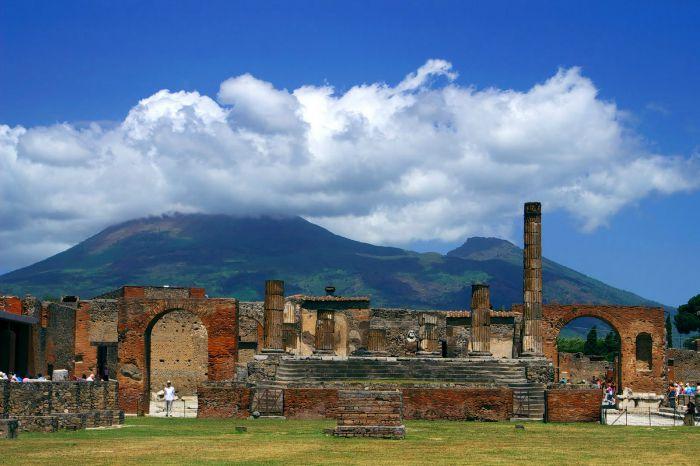“Tangible and significant improvements”: thus UNESCO has described the state of affairs at Pompeii in a report early this year, recognizing the “considerable efforts made by Italy in adopting the recommendations of UNESCO's World Heritage Committee.”
Pompeii, one of the world’s largest archeological areas – 66 hectares of which 44 excavated – has been a UNESCO World Heritage site since 1997 – but it risked losing that recognition due to very bad maintenance, neglect, collapses, and scandals.
However, this all seems to finally be changing: the 105 million euros of the Great Pompeii Project, a major plan to restore and better preserve Pompeii funded by the European Union, which at some point threatened to withdraw the funds, have been put to good use. Many domus have reopened in the past year, others are about to reopen; important frescoes and mosaics have been restored; personnel have increased, as well as the number of cultural events; the number of visitors has seen a 15% boost, with the total number of visitors expected to reach 3 million by the end of the year.
Here’s a look at the “new” Pompeii:
- Suburban Baths: located near Porta Marina, it is one of the first places visitors find upon entering the site. It is a spa facility that was privately owned, with a sea view. On the ground floor is the thermal area, with a calidarium and frigidarium, and a fake cave adorned with mosaics and cupids. In the locker room, there are sixteen panels with depictions of erotic scenes, including one portraying two women, which is unique in Roman painting.
- Villa dei Misteri: the star of Pompeii’s domus, the Villa of the Mysteries reopened in March after two years of restoration work. Luxurious residence, symbol of power and prestige, this 2,500-square-meter villa dating to the first century BC features the grand Hall of the Mysteries, with the painting cycle that gives the villa its name restored to its original beauty. While the meanings of the frescoes are not entirely clear yet, they are thought to represent the initiation into a cult of Dionysus and a young woman undergoing the rites of marriage.
- Casa della Fontana Piccola/Casa delle Pareti Rosse/Casa del Criptoportico/Casa di Octavio Quartio/Casa dell’Adone Ferito/Casa degli Amorini Dorati: some of the main domus that were at risk and have now undergone major restoration work, both of their exterior structures and interior decorations, such as the fresco of the Wounded Adonis, a wounded young hunter in the arms of his beloved Venus.
- Anfiteatro: Erected around 80 BC, the Amphitheater hosts a section of the exhibit “Pompeii and Europe 1748-1943”, probably the most touching part. It in fact displays the recently restored casts of some the victims of the 79 AD Vesuvius eruption caught in their last moments. Open until November 2, 2015.
- Teatro Grande: the Large Theater, which could house up to 5,000 spectators, is now being used to stage the opera and dance shows of the Pompeii Festival, even more evocative at night.








